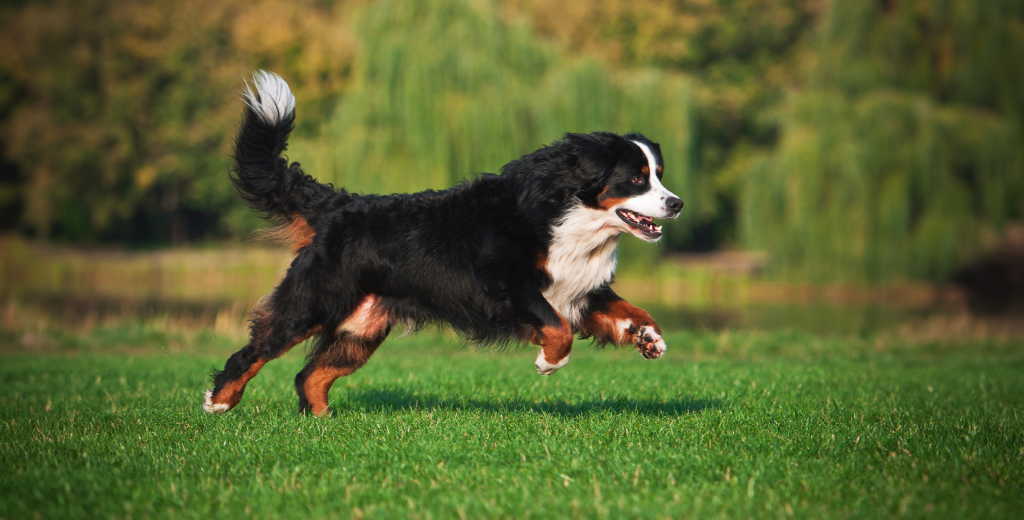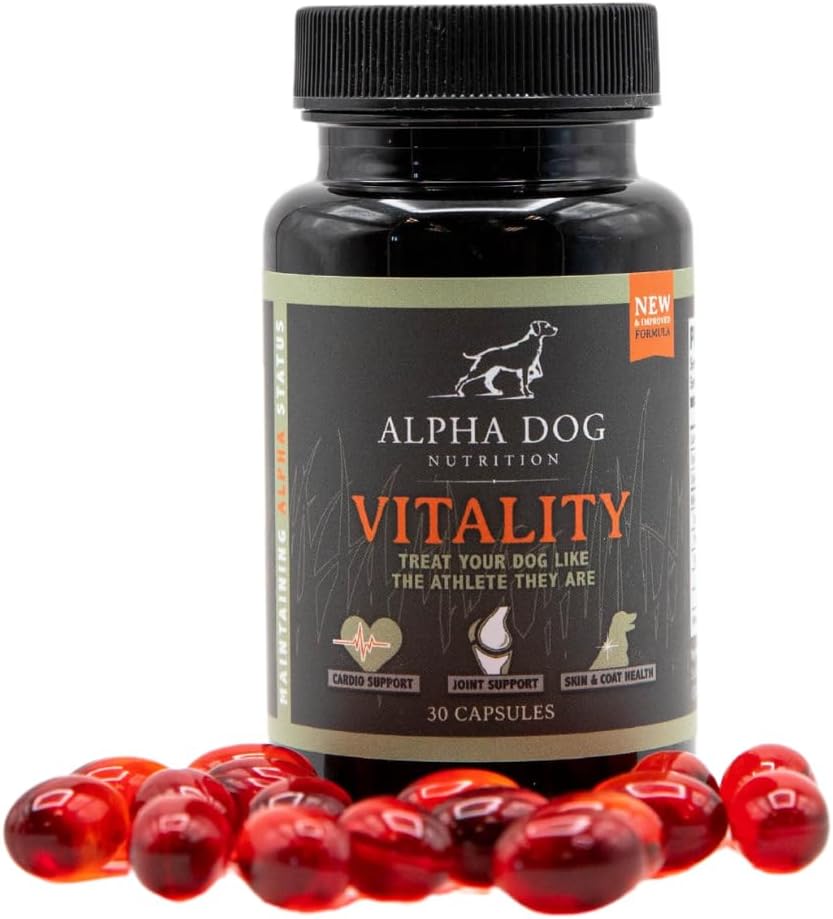If you’re a dog owner, you’ve likely noticed shedding at some point, especially if you have a dog with a thick coat.
While shedding is a natural process for dogs, excessive shedding can be a sign of underlying issues or simply part of your dog’s breed characteristics.
Understanding the causes of shedding and implementing strategies to manage it can help keep your home cleaner and your dog more comfortable.
In this post, we’ll explore five ways to ease excessive shedding in dogs, starting with the causes of it.
Let’s dive in!
What Causes Dog Shedding?
There are several reasons why dogs shed, ranging from natural processes to health issues:
- Breed Characteristics: Some dog breeds shed more than others due to their coat type (e.g., double-coated breeds like Huskies and Golden Retrievers).
- Seasonal Changes: Dogs often shed more during seasonal transitions to adjust to temperature changes, with most shedding occurring in the spring and fall.
- Diet and Nutrition: Poor nutrition can lead to unhealthy skin and coat, causing excessive shedding.
- Health Issues: Medical conditions like allergies, hormonal imbalances, or parasites can contribute to excessive shedding.
- Stress or Anxiety: Just like humans, dogs can experience stress, which may manifest as increased shedding.
Now that we know the causes, let’s explore five ways to help ease dog shedding and keep your pet’s coat healthy.
5 Ways to Ease Dog Shedding
1. Use Krill Oil for Dogs
One of the most effective ways to reduce shedding and promote a healthier coat is by supplementing your dog’s diet with krill oil.
Krill oil is rich in omega-3 fatty acids, which are essential for maintaining healthy skin and coat.
Omega-3s help to reduce inflammation and dryness, leading to less shedding and a shinier, softer coat.
Krill oil also helps nourish the skin, supporting its natural barrier to prevent dryness and irritation that can trigger excessive shedding.
Out of all of the krill oils my dog has tried, Alpha Dog’s Vitality Krill Oil is his personal favorite.
Vitality Krill Oil is an excellent choice for reducing dog shedding, as it is packed with omega-3 fatty acids that nourish the skin and promote a healthy, shiny coat.
Regular use of this krill oil supplement helps minimize shedding, keeping your home cleaner and your dog more comfortable.
Additionally, its anti-inflammatory properties not only support healthy skin but also contribute to joint health, making it a great option for both active and older dogs.
Simply add one softgel in your dog’s favorite food and you’re good to go!
2. Regular Brushing
Regular brushing is one of the best ways to manage shedding and keep your dog’s coat healthy.
Brushing helps remove loose hair, preventing it from falling around the house.
It also stimulates the skin and distributes natural oils, which can improve the coat’s condition and reduce excessive shedding.
Depending on your dog’s breed, brushing may need to be done daily or weekly.
For long-haired breeds, using the right type of brush can help untangle mats and prevent further shedding.
3. Provide a Nutritious Diet
What your dog eats directly impacts the quality of their coat and skin.
A well-balanced diet rich in high-quality protein, healthy fats, and essential vitamins can help reduce shedding.
Look for dog food that includes omega-3 and omega-6 fatty acids, as they are known to support skin health and reduce inflammation.
Supplements like fish oil or flaxseed can also help improve the coat’s condition.
Additionally, ensuring your dog stays hydrated will help keep their skin moisturized and reduce excessive shedding.
4. Maintain a Healthy Grooming Routine
In addition to regular brushing, other aspects of grooming can help reduce shedding.
Bathing your dog with a gentle, hypoallergenic shampoo can help remove dead hair and soothe irritated skin.
Be sure not to bathe your dog too frequently, as overbathing can strip the skin of its natural oils, which can lead to dry, flaky skin and more shedding.
Use a conditioner to hydrate the coat and keep it soft.
Trimming your dog’s fur regularly can also prevent mats and tangles, which can contribute to excessive shedding.
5. Reduce Stress and Anxiety
Stress and anxiety can lead to shedding, especially if your dog is going through a significant change in their environment, such as moving to a new home, being left alone for long periods, or experiencing loud noises like thunderstorms or fireworks.
Reducing stress through environmental changes, playtime, and comfort can help reduce shedding.
You can also try using calming products like pheromone diffusers or anxiety wraps to help your dog feel more relaxed and reduce shedding related to stress.
Ease Dog Shedding
Excessive shedding in dogs can be a natural process, but with the right care and attention, it can be managed.
Using krill oil to support a healthy coat, maintaining a regular grooming routine, providing a nutritious diet, reducing stress, and managing overall health can help reduce shedding and keep your dog comfortable.
If your dog’s shedding becomes excessive or is accompanied by other symptoms, it’s important to consult with a veterinarian to rule out any underlying medical conditions.
With the right approach, you can help minimize shedding and keep your dog’s coat healthy and shiny year-round.
Thank you for reading!
Affiliate Disclosure
Some of the links on this site are affiliate links. This means that if you click on the link and purchase the item, we may receive an affiliate commission at no extra cost to you. I only recommend products or services that I believe will add value to my readers, however some (not all) do pay us to be on this blog. Your support and theirs helps keep this blog running, and I genuinely appreciate it.
Medical Disclaimer
The information provided on this website is for educational purposes only and is not intended as medical advice. The content shared here is not written by a licensed veterinarian, and it should not be used as a substitute for professional veterinary diagnosis, treatment, or advice. Always consult with your veterinarian or other qualified pet healthcare provider before starting any new treatment or making changes to your pet’s health regimen.

